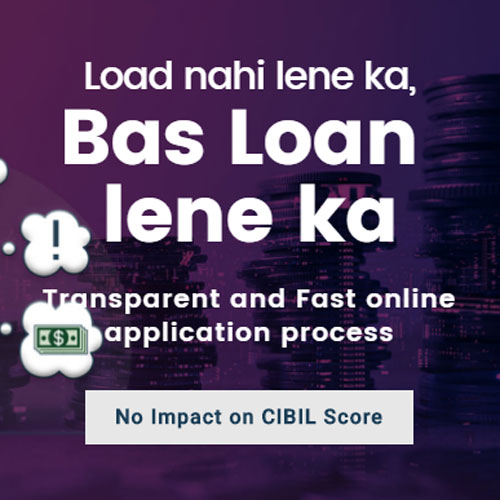How To Claim Your TDS Refund
The term TDS is most commonly used in case of an employer-employee relationship. The employer, while paying salary to the employee on a monthly basis, deducts TDS based on the income tax rate applicable to the employee. The TDS on all payments needs to be deducted at specified rates, unless otherwise exempted.
Payment of interest on investments, payments to contractors, fees for professional or technical services, payment of rent, payment of compensation on acquisition of immovable property, etc., are some other cases where tax is deducted at source. The remaining amount is remitted to the individual.
What are Form 16 and Form 16A?
When TDS is deducted, the entity deducting the tax issues a certificate indicating the amount of tax deducted and remitted to the Government. Form 16 is issued by the employer to the employee and this has details on the income earned by the employee, the tax deducted by the employer and the details of tax remitted by the employer.
Form 16A on the other hand is issued by other entities who deduct TDS on all payments other than salary. This also signifies the amount of payment made, amount of tax deducted and the TDS payment made to the Government. Form 16A is issued on a quarterly basis, unlike Form 16 which is issued on an annual basis.
When can you claim a TDS refund?
When the amount you are supposed to pay as tax in a year is lower than the amount already deducted as TDS, you are eligible to claim a TDS refund.
For example, Raj is an independent contractor. Let us assume the total tax to be paid by Raj in the previous year, based on all his earnings, is Rs. 40,000. A total of Rs. 50,000 was deducted as TDS by all his contractees on Raj’s account and remitted to the Government. In this case, Raj can claim Rs. 10,000 as TDS refund.
Another instance when you can claim a TDS refund is when you fall below the minimum taxable limit and yet TDS has been deducted. For example, Sheela offered consulting services to her clients and Rs. 20,000 was deducted at source by the clients. However, Sheela’s total income for the year was only Rs. 1.5 lakhs. In this case, she can claim TDS refund of Rs. 20,000.
How to claim TDS refund
There is no specific refund process or form to claim refunds. You must file your income tax returns in the normal manner. The excess tax that was deducted will be the refund amount due, and this needs to be shown in the returns filed. The TDS refund is processed by the Income Tax department within a few months of filing returns. Usually, it takes about 6 months’ time.
The Income Tax department processes the refund amount along with an interest of 6% per annum in some cases. The refund is usually given in the form of a cheque. However, with effect from Assessment Year 2015-16, all refunds are made in electronic form, directly to the bank account of the tax payer, which is required to be mentioned while filing the returns.
What to do if you don’t receive your TDS refund?
The TDS refund is usually automatically processed and credited if everything is in order. However, if you don’t get your refund despite filing for it, you must first check the status of the refund, which is possible by mentioning your PAN number and the assessment year in the e-filing website of the Income Tax department.
A delay in refund is possible if you have physically filed the returns or if you have e-filed the returns but not sent the ITR-V on time. In this case, you will need to wait.
Sometimes, the address or the bank account mentioned is incorrect. In this case, you should contact your Assessing Officer and inform them of the change. The Assessing Officer will in turn inform the concerned bank regarding the remittance, and you can track it accordingly.
In some cases, the IT department finds an error in your calculations and may find that you are not eligible for the refund. In this case, you can contact the Assessing Officer and get the required clarification.
In all the above cases, it is important to first ascertain the cause of not getting the refund before taking the appropriate steps.





